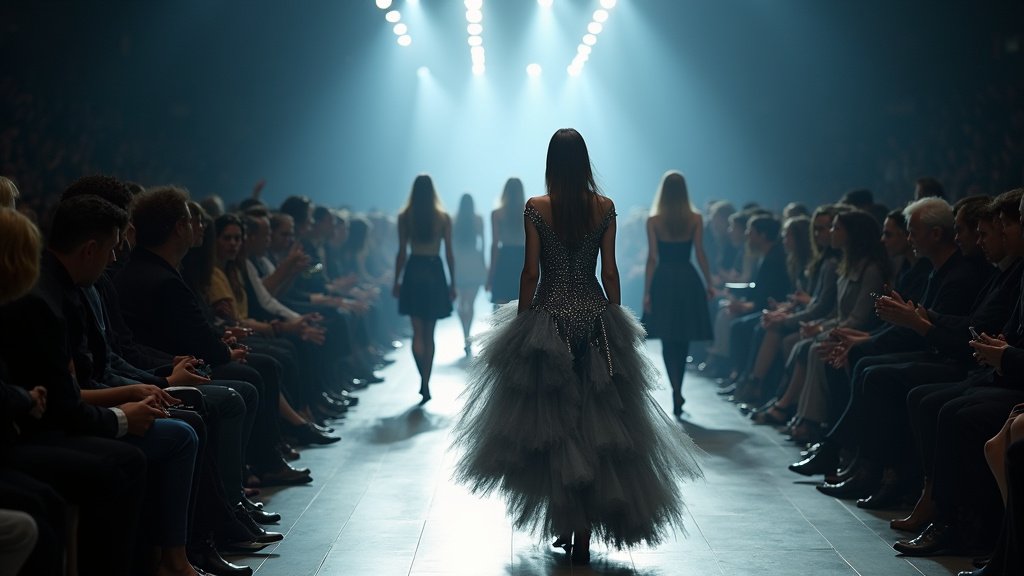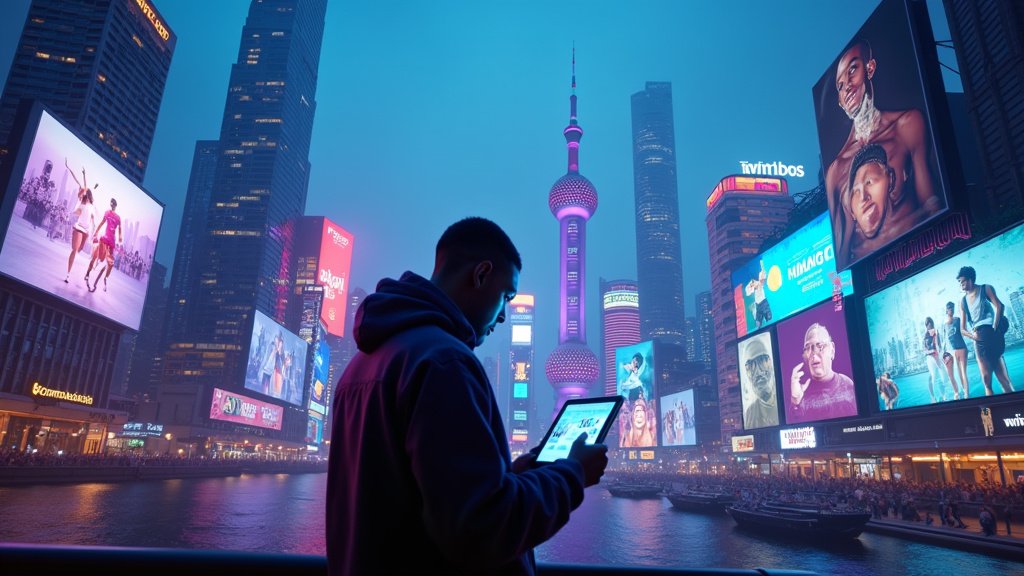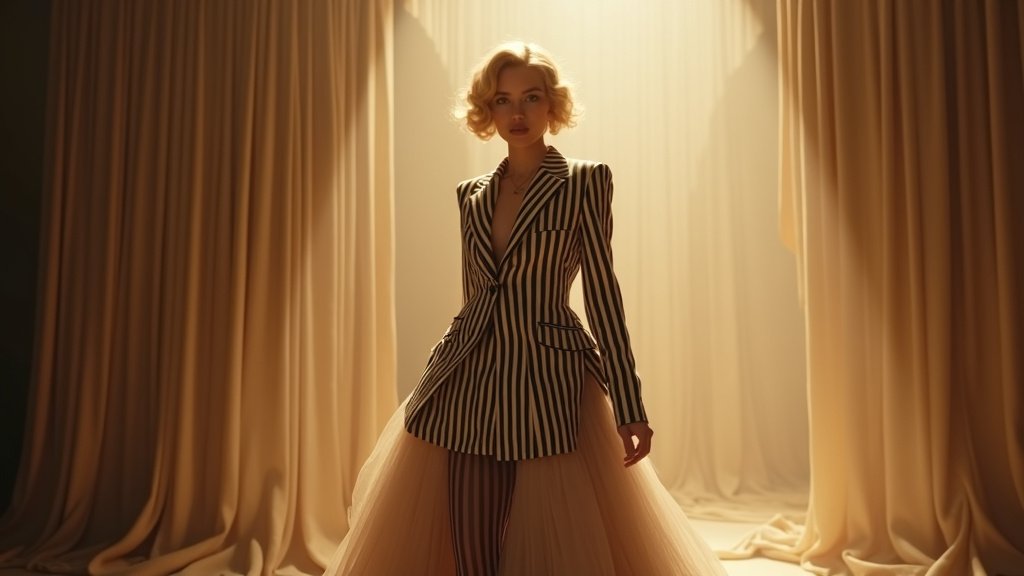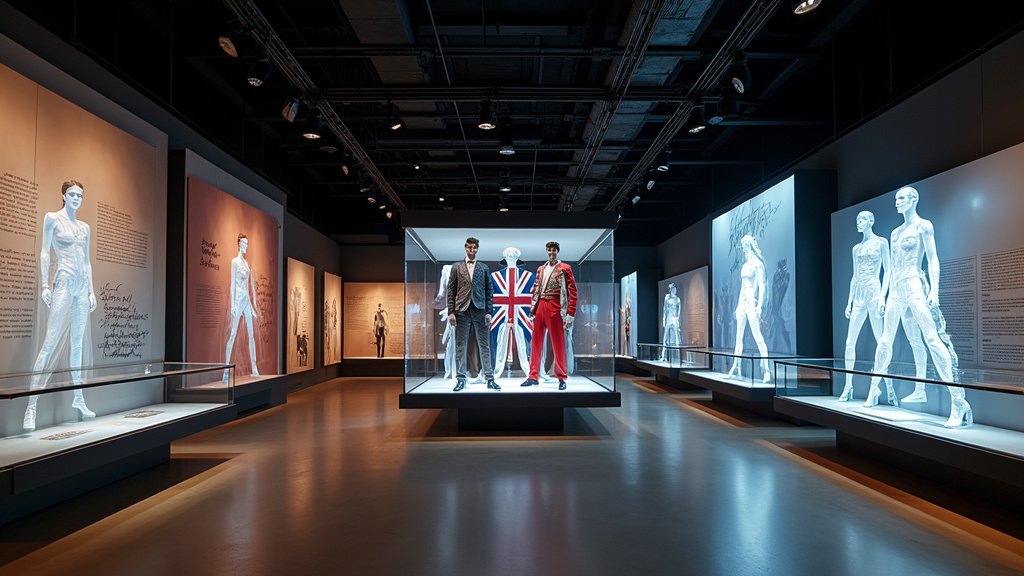In 2025, an unlikely contender has emerged from the realm of collectible toys to disrupt the global landscapes of fashion and pop culture. Labubu, a character originally conceived by Hong Kong artist Kasing Lung, began its journey as a quirky vinyl figure released through Pop Mart’s widely popular blind box series. What started as a niche obsession primarily appealing to collectors and enthusiasts of pop-art has unexpectedly transformed into a bona fide global phenomenon.
The Rise of a Plush Phenomenon
The rapid ascent of Labubu into the mainstream has been nothing short of meteoric. The plush iteration of Lung’s creation is now a ubiquitous accessory, frequently spotted peeking out from the luxury handbags of fashion icons and clutched by members of Gen Z alike. Its presence signifies a shift in what is considered covetable and cool within high-visibility circles.
During pivotal events such as Paris Fashion Week, Labubu has been observed accompanying celebrities, casually resting on arms that also carry the latest designer creations. On social media platforms, particularly Instagram and TikTok, the plush toy is a common feature in carefully curated influencer “flat lays,” positioned artfully alongside high-end bags, cosmetics, and other symbols of contemporary luxury.
The digital sphere has played a crucial role in amplifying Labubu’s reach. Unboxing videos featuring the character have garnered millions of views across diverse metropolises, including Tokyo, Toronto, Mumbai, and Milan. This widespread digital visibility has translated into tangible demand, extending its influence far beyond its initial East Asian roots.
Anatomy and Appeal
Labubu’s distinctive aesthetic contributes significantly to its charm and burgeoning iconic status. It is characterized by its scruffy tufts of hair, a wide-eyed gaze, and, most notably, a mischievous, toothy grin. This unique appearance embodies a paradoxical blend of attributes that resonates with a modern audience – comfort, chaos, and, now unexpectedly, couture.
This fusion of innocent toy-like features with an underlying hint of playful subversion has allowed Labubu to transcend traditional categories. It is not merely a plush toy; it has become a statement piece, a symbol of personality and playful defiance in an often-serious world.
Economic and Cultural Significance
The demand for Labubu, especially limited or sought-after editions, has driven prices on the secondary market to extraordinary levels. Reports indicate that some versions are being resold for figures comparable to the price of a luxury handbag, underscoring its significant impact on both collectible markets and consumer spending trends in the fashion realm.
The toy’s infiltration into the world of high-profile personalities further solidifies its cultural relevance. Notably, global sports icon David Beckham was photographed with a matte black Labubu, a sighting that brought the plush to the attention of a massive, diverse audience outside of its existing fanbase.
Labubu is increasingly being interpreted not just as an accessory but as an expression of personal philosophy. Carrying or displaying a Labubu is seen by many as a statement of choosing joy and embracing a sense of wonder amidst the complexities of modern life.
An Unexpected Icon of 2025
The trajectory of Labubu from a blind box vinyl toy to a global fashion and pop culture icon is a compelling narrative of how digital trends, collectible culture, and celebrity influence can converge to create unexpected phenomena. Its rise in 2025 is a testament to its unique design and its ability to tap into a collective desire for items that blend comfort with a distinctive, statement-making aesthetic.
As Labubu continues its reign across runways, social feeds, and city streets from Tokyo to Paris, its story serves as a fascinating case study in the evolving dynamics of contemporary cultural influence and the unpredictable nature of what captures the global imagination.




